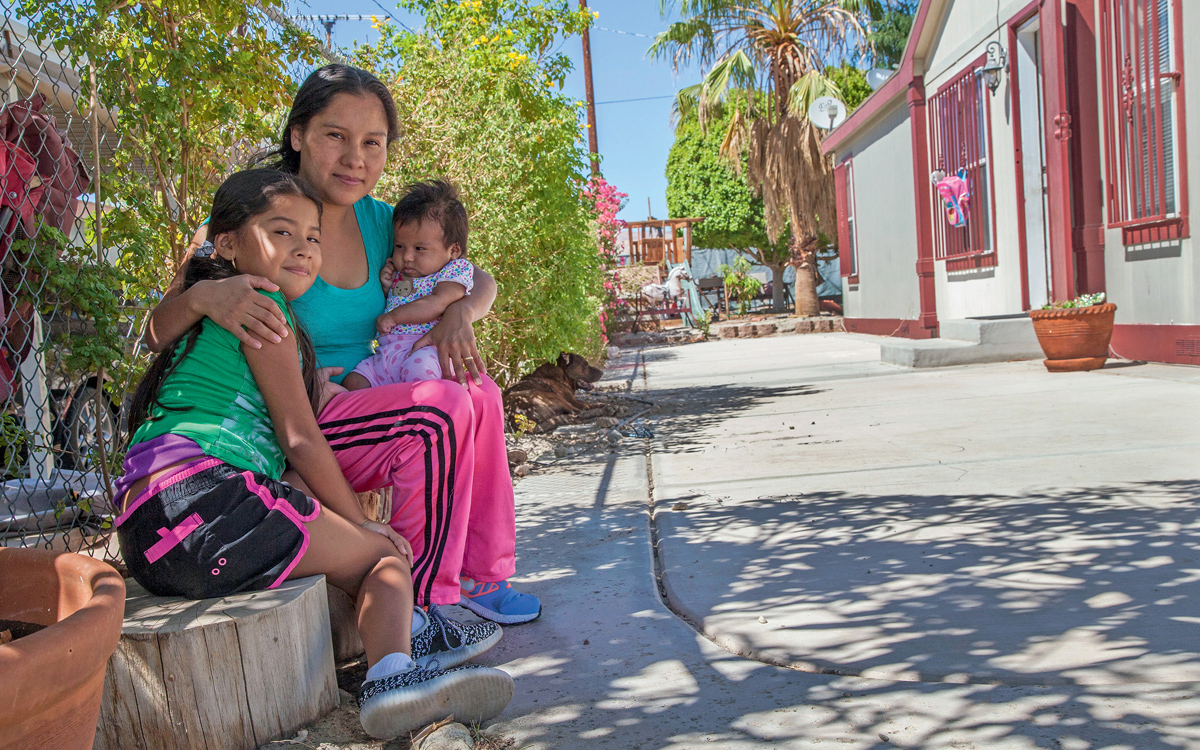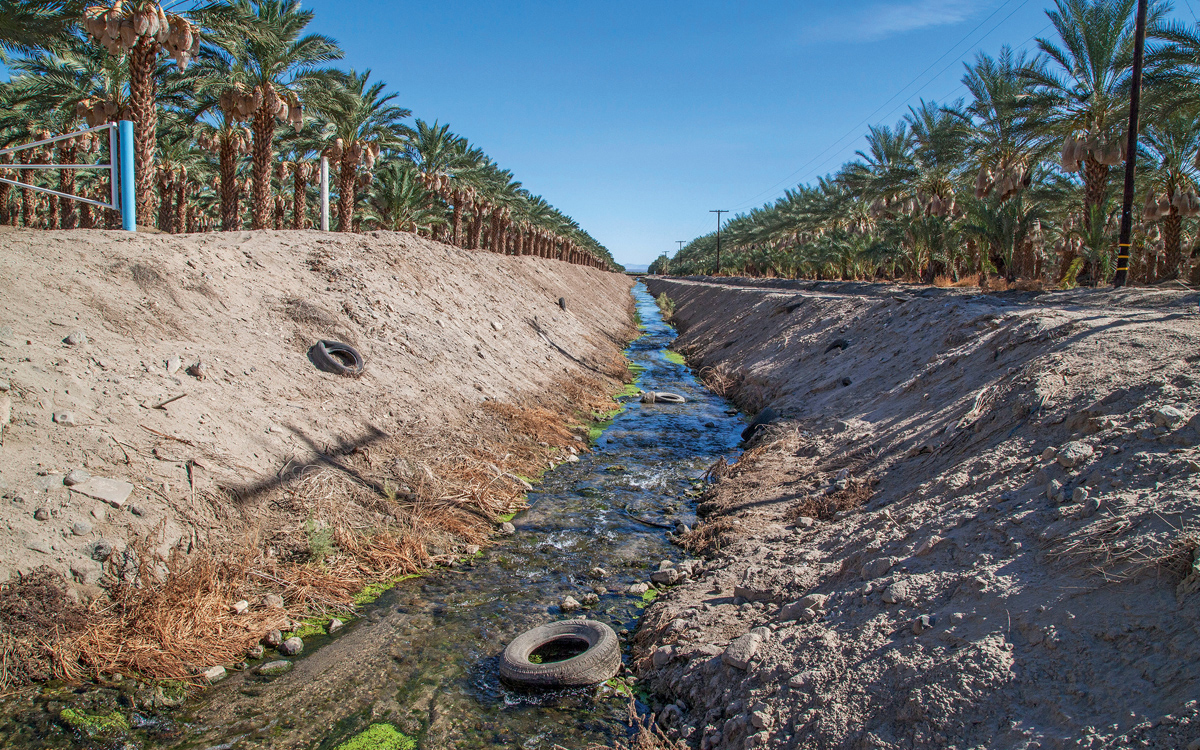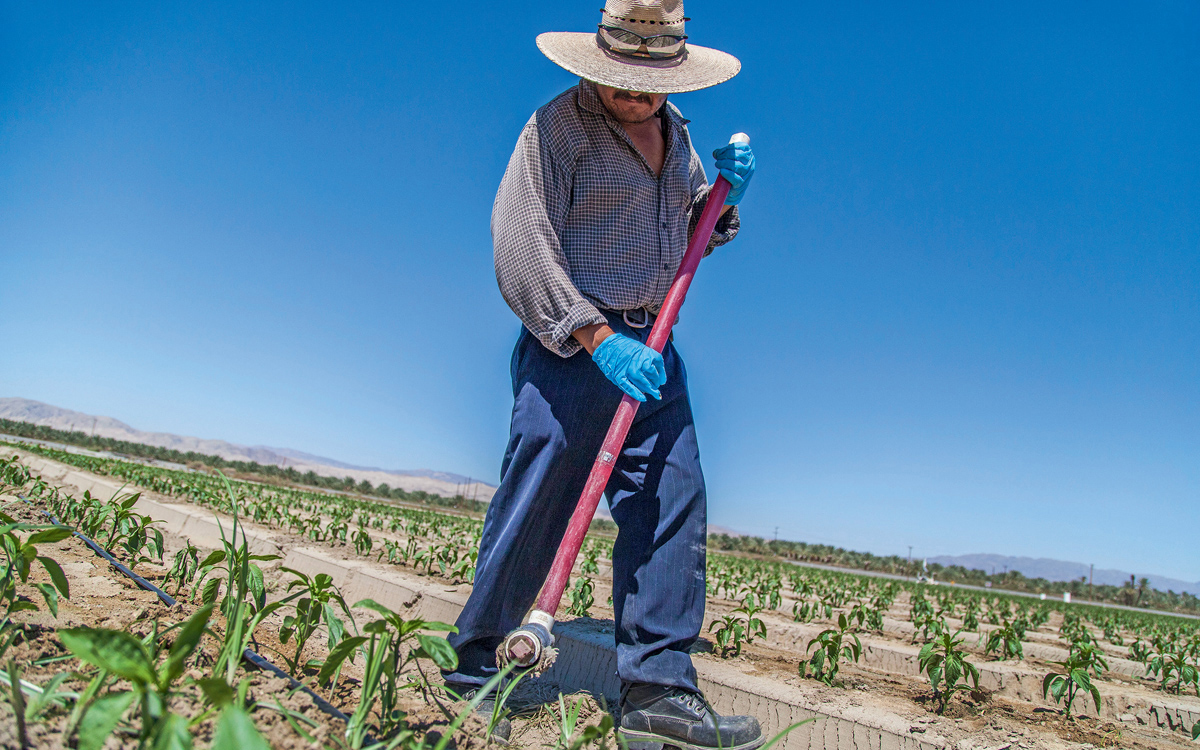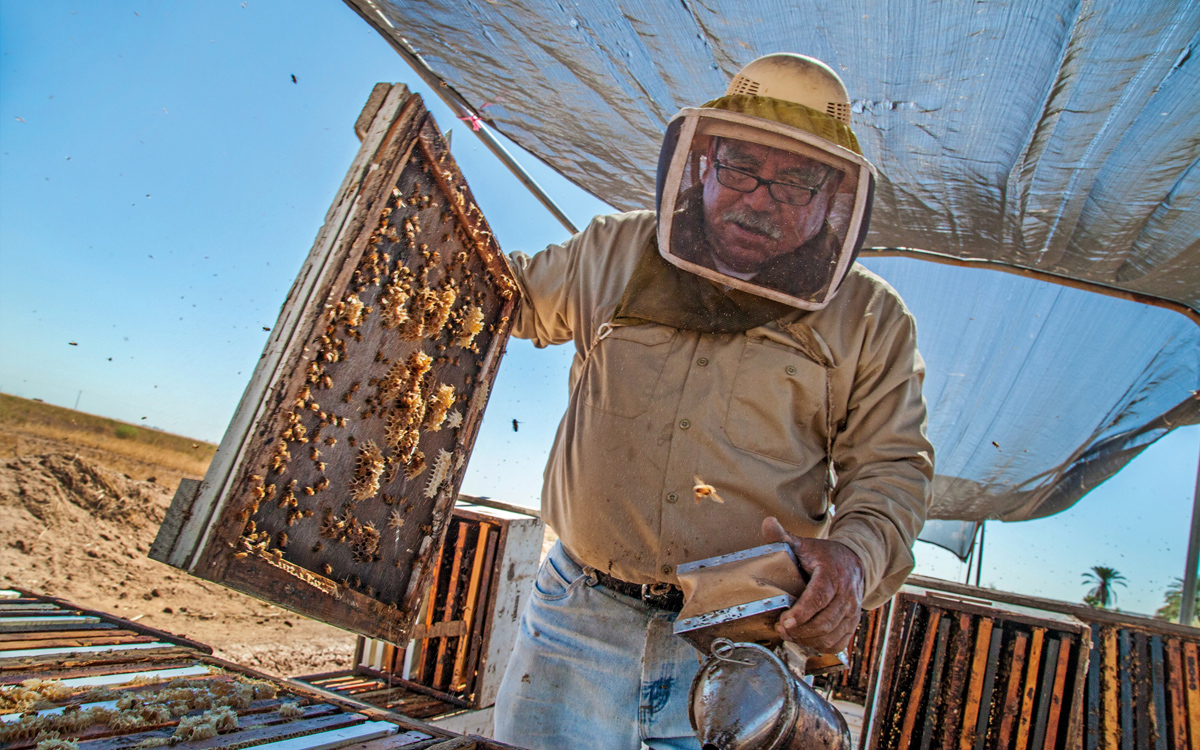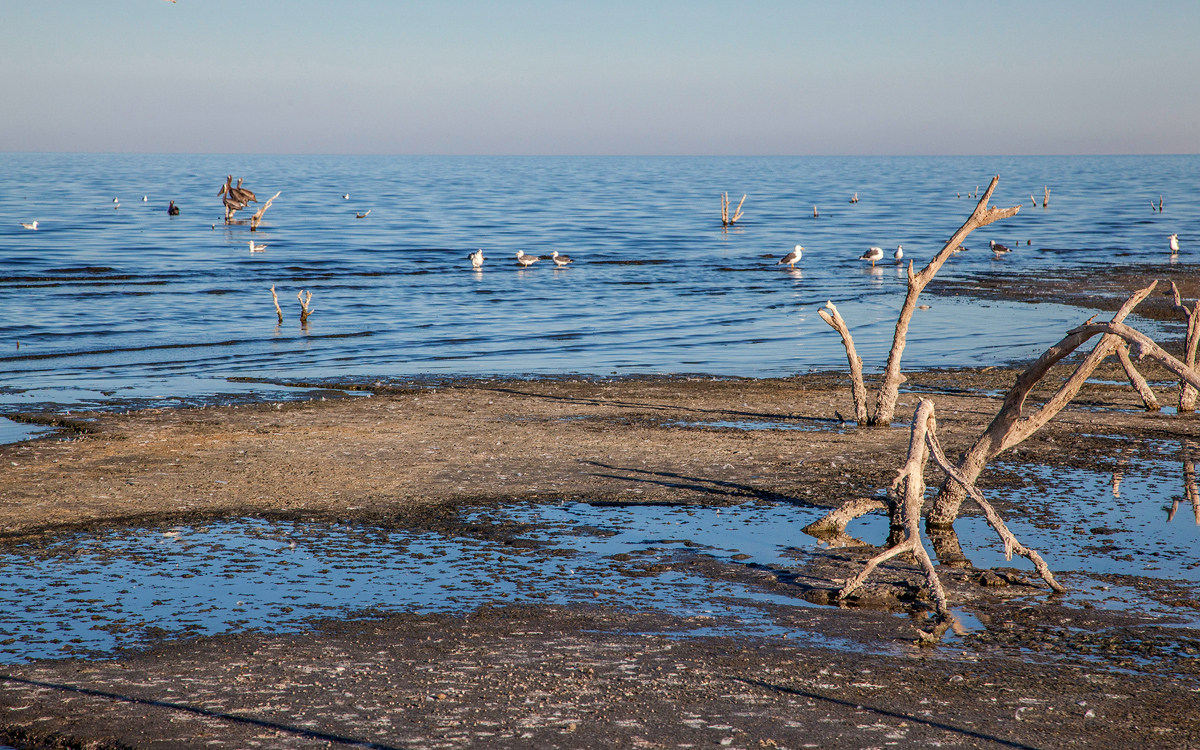While stating the obvious, this research by Stanford geneticists is fascinating. "Mexico harbors one of the largest amounts of pre-Columbian genetic diversity in the Americas," said Stanford’s Dr. Andres Moreno-Estrada.
At least a third of my own genetic makeup is Indigenous. The rest is Spanish Sephardic Jew, Irish, and trace mixtures from many other places. My indigenous ancestors, most likely Apache, came from the Sonoran, Southern California, and Western Arizona region. They also came from the Southern Michoacán, northern Guerrero region of Mexico. I have been told that I look Purépecha. Apache, too. I wish I knew.
While in Ireland recently, I must say that I did want to dwell on the O'Hara part of my identity. I asked a random, very friendly person at a grocery story counter what nationality she thought I was. "Canadian," she responded. Though amused, her answer didn't help much as I so wanted her to see the Irish in me. :-)
What should not get lost here is that the terms, "mestiza" or "mestizo" track back to racial classification that comes out of colonization by the Spaniards and other groups that colonized the continent (British, French, Dutch, and Portuguese). While hierarchy existed, the research is conclusive that race comes into existence with the conquest and colonization of native people. The term, "white," for example, didn't come into existence until the early 1600s and only so with the consolidation of slavery.
And since this is a more recent history relative to the much older, deeper one of blood mixture involving not just empires, but Indigenous people on this continent for millennia, the greatest part of "mestizaje"—the Stanford researchers' findings notwithstanding—involved pre-Columbian, pre-contact, Indigenous peoples.
Thanks to Dr. Rudy Acuña for sharing.
-Angela Valenzuela
Genetically, There's No Such Thing as a Mexican
/ Updated
 |
| A new study of Mexican genetics shows surprising diversity. Edgard Garrido / REUTERS file |
Medical researchers, doctors and census-takers may lump Latinos or Hispanics into one group, but a giant study of Mexican genetics shows there’s really no such thing.
Mexicans themselves show such extreme diversity that someone from the dry north is genetically as different from someone from the Yucatan as a European is from an East Asian.
The findings, published in the journal Science, are important for medical research and healthcare, the researchers said.
"In this study, we realized that for disease classification it also matters what type of Native American ancestry you have,” said Carlos Bustamante, a professor of genetics at Stanford University.
“In terms of genetics, it's the difference between a neighborhood and a precise street address."
Before the Spanish conquerers arrived in the 16th century, Mexico was inhabited by Native Americans who had carved out their own, often isolated, kingdoms. These genetic differences show up even today, the team at Stanford, the University of California, San Francisco and the Mexican National Institute of Genomic Medicine found.
"Mexico harbors one of the largest amounts of pre-Columbian genetic diversity in the Americas," said Stanford’s Dr. Andres Moreno-Estrada. "For the first time, we've mapped this diversity to a very fine geographic scale, and shown that it has a notable physiological impact on an important clinical trait: lung function."
They compared their genetic map to tests of lung function as measured by the volume of air a person can expel in one second or FEV1. They found a 7 percent difference in baseline FEV1 as they moved from populations in the western state of Sonora to Yucatan in the east.
"We were really fascinated by these results because we had expected that 500 years of population movements, immigration and mixing would have swamped the signal of pre-Columbian population structure," said Bustamante.
The differences hold even though most Mexicans are mestizos. “Today, the majority of Mexicans are admixed and can trace their ancestry back not only to indigenous groups but also to Europe and Africa,” the researchers wrote.
It will be important as medicine becomes increasingly tailored based on an individual’s genes. Their specific origin — not just a broad racial group — may provide crucial pointers.
"We can't just clump everyone together and call them European Americans or Mexican Americans,” added Dr. Esteban Burchard of UCSF.


